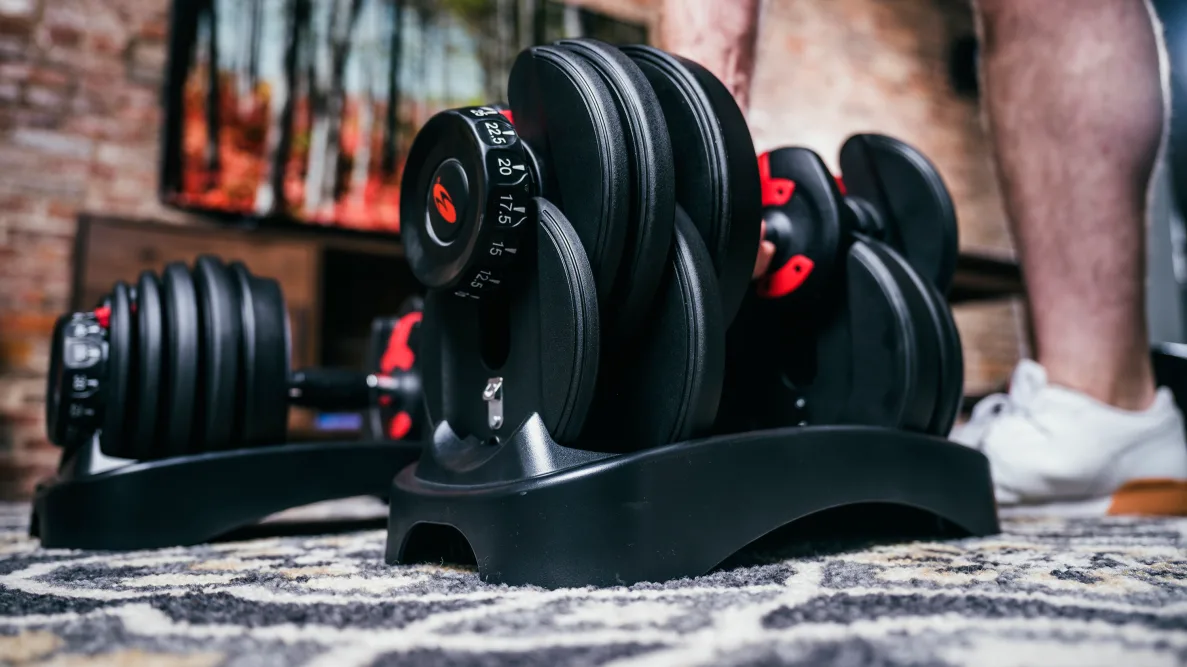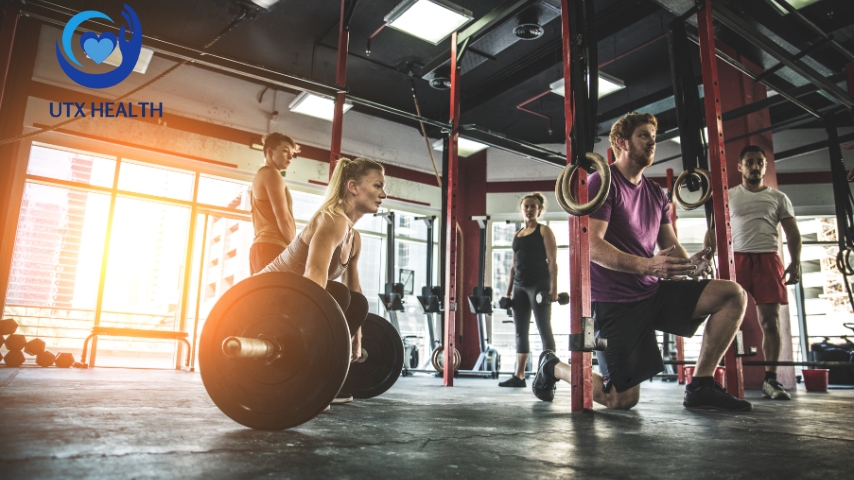In the domain of exercise, one size definitely does not fit all. This is where different types of workouts can be utilized to fulfill the differing preferences, goals, and lifestyles of people, and therefore allows for a more balanced opportunity to suit everyone in an exercise routine. If somebody needs to build strength or increase endurance, lose weight, or even perhaps boost their mood, then there’s a workout designed to fill that particular need.
From high-intensity interval training that tests your cardiovascular system all the way to yoga that calms you and gives you flexibility and mindfulness, it’s endless. Perhaps you enjoy group classes for the camaraderie, perhaps running solo outdoors, or perhaps simply enjoying the setting of a gym. Every type of workout will give you something special, and you’ll be changing it up to not get bored, but get your body guessing in and out.
Here, we will outline the various workout styles, their unique features, and how they can develop your capability to attain your fitness objectives. Be you a beginner or already maintaining a given level of fitness, embracing the different world of different types of workouts can help you to be healthier and happier. Read on to discover your fit today!
Different Types of Workouts: Discovering the Best Options for Your Fitness Journey
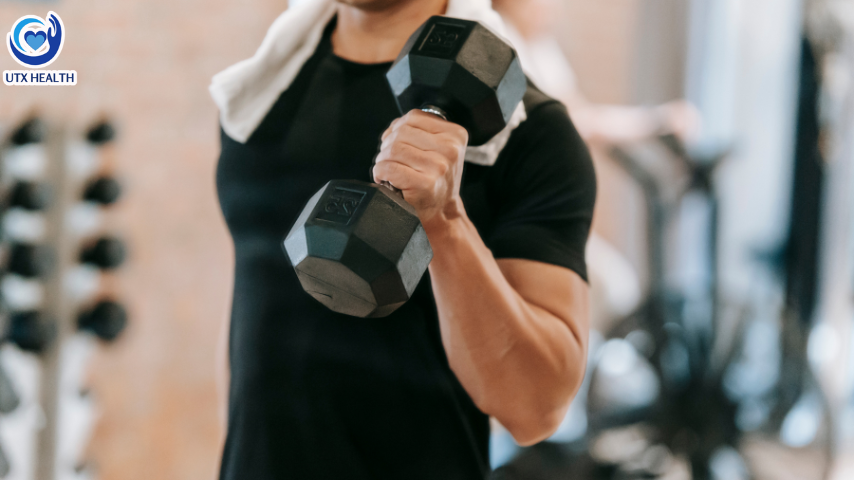
In this constantly changing world of fitness, it seems there is one truly constant in the mix-no single exercise approach for everyone. There are different types of workouts for each kind, for every individual preference, level of fitness, and goal. Whether you are a beginner who just started your path in fitness, an athlete who wants to be up at the top level of performance, or simply someone who wants to be active and healthy, having an idea of the kind of variety in working out can help you the most in finding what is the best fit for you in terms of lifestyle. Visit here!
This article would talk about the different types of workout styles, their benefits, and how these can close you to good general health. From strength training to yoga and all the rest, let’s discover the deep landscape of exercise that can lead to a healthy, fulfilling life.
- Strength Training
Strength or Resistance Training Strength training, or resistance training, is about developing muscle strength and endurance. It can be achieved through using weights, resistance bands, or purely bodyweight maneuvers.
Benefits of Strength Training 1.1 Increased Muscle Mass As the various muscle fibers adapt to the stimuli of strength training, they grow and increase their mass, making you appear more muscular and improving your metabolic rate by burning more calories at rest.
Bone Health: Weight-bearing activities can lead to increased bone growth then add an increase to bone density, thus the risk of developing osteoporosis is minimized especially in aging.
Injury Prevention: Through weight-bearing exercise, muscles surrounding one’s joints are strengthened, making one stable, thus increasing the chances of safety regarding any type of injury during exercise and even normal life.
Functional Fitness: This form is for different types of workouts of training readies one to easily accomplish simple daily tasks, such as lifting groceries and climbing stairs thus enabling you to be more effective in your everyday life.
1.2 Forms of Strength Training Exercises
Free Weights: The exercises using dumbbells, kettlebells, and barbells use movement over a full range of motion and work several muscle groups simultaneously. For example, the squat using a barbell will work the legs and the core and improve balance also.
Machines: Weight machines use controlled movement, and they are good for training for beginners; such can be used to identify specific muscle groups that someone wishes to develop their muscles further.
Bodyweight Exercise: Movements that work via their own weight such as push-ups, squats, and lunges. These are easy to perform and can easily be varied in intensity to suit the person performing them.
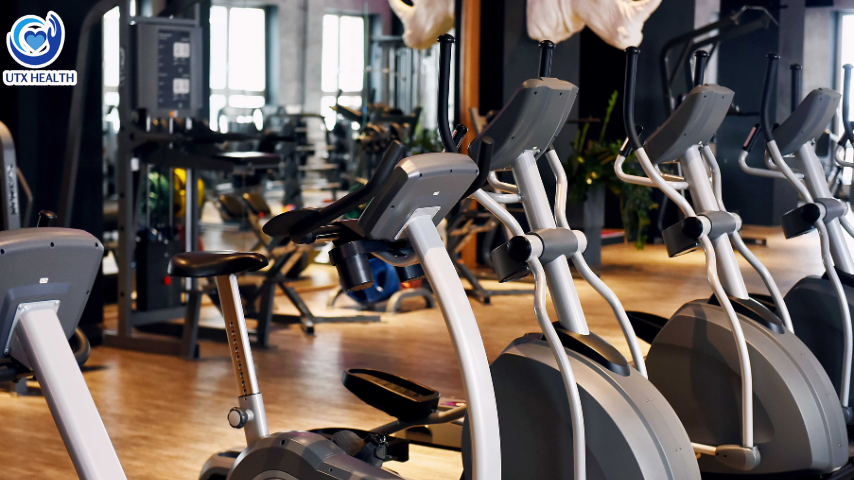
- Cardio Exercises
Cardio exercises are meant to get your heart beating rapidly and enhance lung capacity. Cardio exercises are a great way to have overall fitness and keep your heart healthy.
2.1 Benefits of Cardio Exercises
Cardio exercises strengthen heart muscles, improve circulation, and thus contribute to lowering blood pressure and cholesterol levels.
Cardiovascular Exercises Lead to Weight Control: Cardio exercises burn calories, which can result in weight loss and subsequent weight control in a person’s life.
Mental Health: The cardio endorphin release may help someone feel good about themselves, reduce anxiety, and reduce stress. Most people attest to a “runner’s high” after one particularly good cardiovascular session.
Increased Stamina: Regular cardio exercises will increase your stamina, so that you can accomplish your daily chores easily and reduce total fatigue.
2.2 Cardio Exercises
Running: Indoor or Outdoor Running can be done. Running can be altered for beginners, or you can move towards hard jogging and even sprinting if you are advanced.
Cycling: Stationary Cycle or outdoor, cycling is a no-impact type of cardio training in which strength and stamina can be built in the legs.
Swimming: It is the kind of exercise that involves the use of an entire body part and is mostly low-impact for the joints. Swimming involves many groups of muscles and it’s very suitable for training in cardiovascular levels.
HIIT (High-Intensity Interval Training): It is a short period of activity with short periods of recovery in between. HIIT is used to improve cardiovascular fitness and is time-efficient. Therefore, most people enjoy using this training since it has saved them much of their precious time.
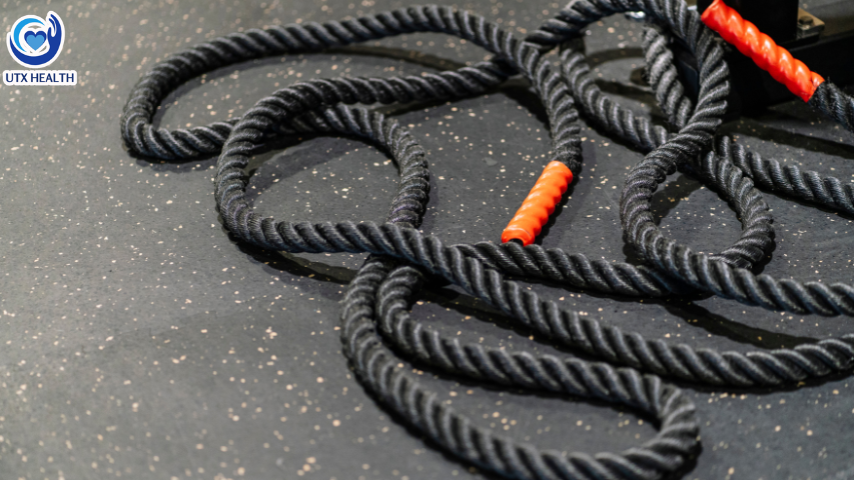
- Flexibility, Mobility and Different Types Of Workouts
Flexibility and mobility different types of workouts develop the range of motion in the joints and muscles. The more flexibility and mobility exercises you do, the easier other types of exercises will be for you, and you will also be less likely to injure yourself.
3.1 Advantages of Flexibility and Mobility Workouts
Relieving Muscle Tension: Regular flexibility workout reduces tightness in muscles and makes the body feel comfortable and increases ability to move around without pain.
Better Posture: Stretching and mobility work promote better alignment that will help correct postural imbalances and also can reduce the amount of strain put on your body.
Better Performance: Improved flexibility enhances your athletic performance because you can execute your activity in more efficient movement patterns. It will reduce the risk of injury at any given time.
3.2 Types of Flexibility and Mobility Workouts
Yoga It incorporates physical postures, breathing exercises, and meditation to enhance flexibility, balance, and strength. There are numerous variations of yoga, including Vinyasa or Hatha, so there’s bound to be a style suitable for most people.
Pilates This body conditioning program emphasizes core strength and stability by using controlled movements to improve flexibility and build strength without adding bulk.
Dynamic Stretching: This involves active movements used in improving range of motion as well as preparation of the body for exercise. Some of its examples include leg swings, arm circles; these can be very effective warm-ups before the exercise.
- Group Fitness Classes
Group fitness classes provide a social environment which makes working out more enjoyable and motivating. These classes generally combine various workout styles and foster a feeling of community among participants.
Advantages of Group Exercise Classes
Motivation: The energy of a group can motivate people to work harder than they could alone.
Formulated Different Types Of Workouts: Classes are led by licensed instructors who develop different types of workouts and help participants, ensuring proper form and technique.
Community: Group classes encourage camaraderie and accountability, making it easier to stay on your exercise routine.
Kinds of Group Exercise Classes
Zumba: A dance-based cardio workout that integrates Latin music with dance moves, bringing you a great deal of fun and energy in a great way.
Spin: High-energy cycling classes set to music, pedaling through different terrains and intensities, generally ensuring an amazing cardiovascular workout as part of a supportive group environment.
Boot Camp: High-intensity, interval training in groups that combine strength and cardio exercises. Most boot camps are modelled on military training and emphasize teamwork and discipline.
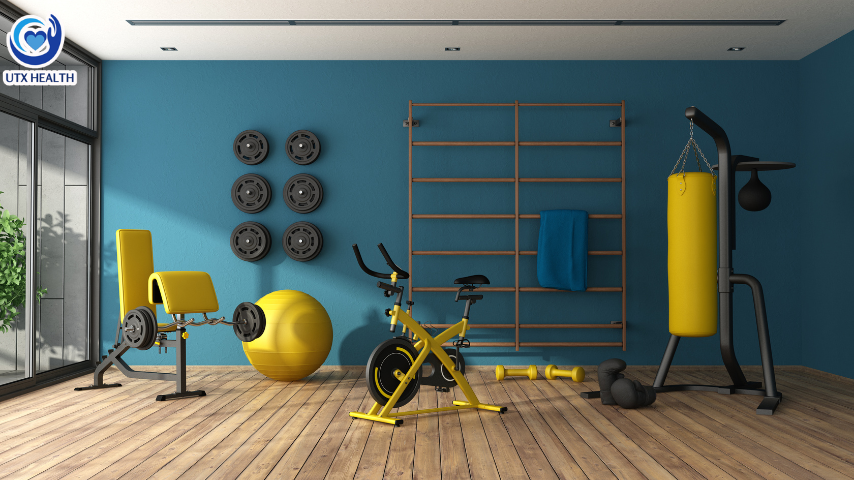
- Functional Training
Functional training is concerned with the performance of movements that are as close as possible to the actual movement patterns for each activity in daily living. Such exercises will enable an individual to improve his functional strength and coordination.
5.1 Advantages of Functional Training
Functional Application to Everyday Life: The purpose of the exercise is to improve the capability of the body to perform tasks that represent everyday, everyday activities, such as lifting, bending, and climbing.
Balance and Coordination: Functional training can improve stability and coordination, which will subsequently lead to fewer instances of falls and injuries among older clients.
Versatility: Functional different types of workouts can be modified depending on client needs. It is therefore beneficial for all levels and ages.
5.2 Types of Functional Training and Different Types Of Workouts
Kettlebell Training: This workout includes swinging, lifting, and holding kettlebells. This primarily works on several muscle groups, which would also enhance grip strength and balance.
Ballistic Medicine Ball Exercises: Tosses, catches, or lifts a heavy, weighted ball. Strengthens, coordinates, and stabilizes the core region.
TRX Suspension Training is another bodyweight training example. The suspension straps are then used to heighten the challenges of executing various exercises, causing tension across major muscle groups.
- Sports-Specific Training
Sports-specific training is specifically tailored to improve performance in a given sport through exercises and movements unique to that specific sport.
6.1 Advantages of Sports-Specific Training
Improved Performance: Sport-specific training allows athletes to improve aspects that are deemed vital to success in a particular sport – examples include speed, agility, and power.
Injury Prevention: The strengthening of muscle groups most often injured in a specific sport, with an emphasis on longevity in athletic performance.
Mental Preparation: Creates different types of workouts confidence and focus and conditions the athlete mentally to compete
6.2 Types of Sports-Specific Training
Agility Drills : Meant to improve the speed, footwork, and agility of an athlete in sports like soccer, basketball, and tennis
Endurance Training: Sports-specific cardio training that is meant to simulate a specific sport; for example, long-distance running for marathon training or interval sprints for soccer.
Skill Drills: Those that are sport-specific, such as shooting drills for the sport of basketball or passing drills for football, build technical skills to be executed.
- Mind-Body and Different Types of Workouts
Mind-body different types of workouts highlight the interconnectedness between mental and physical wellness and focus on mindfulness and relaxation. They seem to revolve around the interrelationship of breath, movement, and awareness.
7.1 Benefit of Mind-Body and Different Types of Workouts
Stress Reduction: These exercises often incorporate deep breathing and relaxation techniques that are performed to alleviate stress and promote a feeling of inner peace.
Increased Mindfulness: The exercises for mind-body workout makes one become very aware of their body and breath, thus making them much more mindful with what is being done in everyday activities.
Holistic Health: Supports physical as well as emotional well-being. It is the ultimate approach to fitness, holistic in the truest sense of the word.
7.2 Types of Mind-Body and Different Types of Workouts
Tai Chi: It is a form of martial arts that utilizes slow flowing movements; it brings relaxation, balance, and suppleness.
Yoga: This involves a combination of physical postures, breath control, and meditation. Some styles are; Ashtanga or Yin yoga fit every one’s style and can be done based on varied fitness levels as well as choice.
Qigong: This includes movement, controlled breathing, and meditation. This exercise entails the cultivation of energy and overall health.
- Outdoor Different Types of Workouts
Outdoor work-outs get the scenery about right, and it makes a good motivation. It has been noticed that exercise in nature brings wonderful outcomes in the alteration of mood and improved mental health.
Benefits of Outdoor different types of Workouts
Improved Mood: It is said that being around nature reduces the levels of stress and improved mood. Outdoor work-outs can enhance good feelings about oneself and happiness.
Variety: People exercising in varied terrains and outdoors maintain it exciting, and there can be a challenge to the body to experience workout in an altogether new way.
Social Interaction: Often, working outdoors different types of workouts is a means to catch up with friends or be part of community groups, hence also providing a social dimension to exercise.
8.2 Outdoor Exercise Variety
Trail Running: This form of running is on natural terrain surfaces of dirt paths and trails, providing varied terrain, thus possibly enhancing one’s balance and strength.
Hiking: It is a low-impact exercise that opens avenues to exploring nature while exercising multiple muscle groups, thus enhancing cardiovascular fitness and leg strength.
Outdoor Boot Camps: Class group fitness held outdoors in a park or other open space. Often these classes will involve a mix of strength and cardio within that environment.
- Home Workouts
Home different types of workouts are convenient and flexible since one is allowed to exercise in his space without necessarily having to join a gym.
9.1 Advantages of Home Different Types of Workouts
Convenience: There is no need to travel to a fitness club, hence making it easy to fit in a workout when you have no spare time.
Cost-Efficient: Saves one’s money for gym membership and transport fees. It has rather made fitness more accessible.
Secrecy: Creates an appropriate atmosphere for those who will feel ashamed of themselves in a gym environment.
9.2 Categories of Home Different Types of Workouts
Home Weight Training: Just making use of your body weight, such as push-ups, squats, and planks. The good news is that it can be done wherever and does not require any equipment. Visit here!
Online Classes: Virtual fitness classes conducted by instructors. They can be accessed from the comfort of one’s home. Generally, these classes provide a wide variety of styles and intensities.
Fitness Apps: Guided different types of workouts by way of mobile applications that offer instruction, tracking, and monitoring of progress.
Conclusion
Notice that the world of fitness and different types of workouts is multi-faceted and there is an abundance of choices. There are various types of work-outs that can be able to fit a number of goals, preferences, and lives of the people who have or may develop a need to look for an appropriate exercise routine. It could be the strength that training with resistance offers, the excitement of group classes, or it could be the serenity of yoga-find something one enjoys and keeps motivated about.
Experiment with different styles of different types of workouts. The excitement of trying new things keeps the routine interesting. New passions and abilities are discovered by trying out something else. Be curious, most importantly have fun as you explore all these options fitness has to offer you. Your body and mind will thank you for it!


